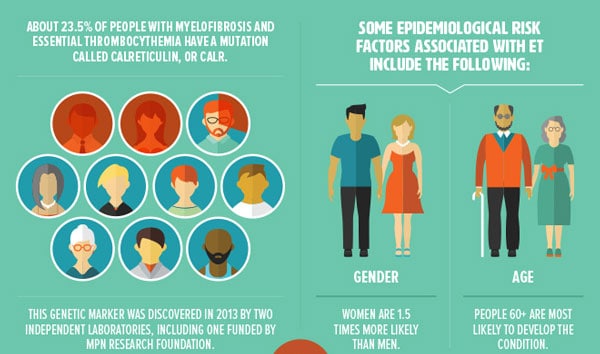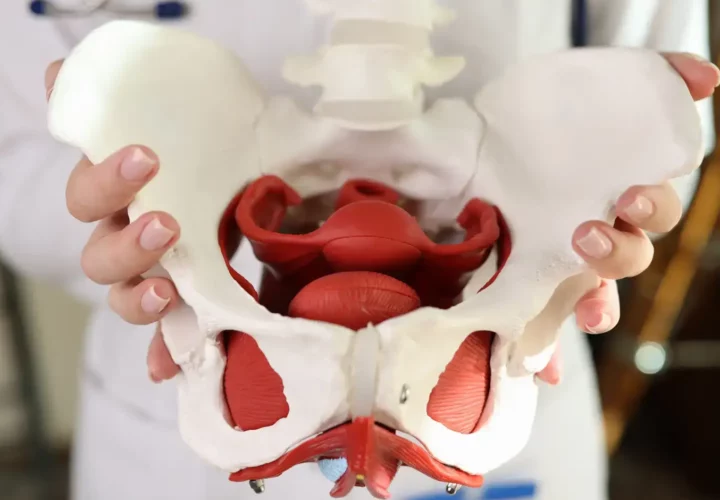Essential Thrombocythemia or ET is commonly diagnosed in women over the age of 50. It is a chronic myeloproliferative neoplasm which is characterized by an increase in the bloods platelet count. Complications include blood clots and bleeding.
Causes
Though a cause has not been diagnosed, we do know that ET is not a genetically inherited disorder. However, some patients have seen to have a familial predisposition to ET. Also, research has found mutations alter the activity of proteins in the body that help control signaling pathways that help with cell growth and development. Risk factors of ET include:
- Gender
- Age
- JAK2 Mutation
- CALR
Signs and Symptoms
Though most people with ET are asymptomatic, it is typically diagnosed through a routine check-up. This is because the blood test done in your check-up reveals your platelet count. Symptoms include:
- Headache
- Vision Disturbances
- Dizziness/Lightheadedness
- Coldness/Blueness of fingers and toes
- Burning, Redness, and Pain in the hands and feet
If bleeding is present as a symptom, the following may occur:
- Easy bruising, nosebleeds, or heavy menstrual cycles
- Gastrointestinal bleeding or blood in the urine
Other complications that may occur include:
- Stroke
- TIA
- Heart Attack
- Deep Vein Thrombosis or Pulmonary Emblous
- Blood clotting in unusual locations
Diagnosing
Based off of the blood test you have done and other diagnostic testing, your physician can determine if you have ET or not. They will also be able to inform you if you are high or low risk. However, besides the blood test there are two other tests that can be done. These are a bone marrow biopsy and a gene mutation analysis of your blood cells.
Treatment
While there is no single treatment option that is appropriate for those with essential thrombocythemia, there are various treatments and therapies that can be done based off of the symptoms presented and the results from the physician involved. Each treatment option is decided using the risk factors of each person. Treatments include:
- Low-Dose Aspirin
- Hyroxyurea
- Often used to treat those with ET that are a high risk for blood clotting. This option is considered the first line agent for those that require treatment.
- Anagrelide
- This options helps lower platelet counts. This is the only treatment option that has been approved by the FDA.
- Interferon
Prognosis
Just like symptoms differ from patient to patient, the prognosis also differs. Most people however can live for long periods of time without any complications. But, few people have had serious conditions occur such as a stroke or bleeding episodes which can decrease life expectancy.
If you need medical advice on this topic, or just your health in general, talk to a physician. If your physician can’t answer your question, they will point you to someone who is specialized in what you’re wanting to know. However, if there is no specialist in your area, try contacting those in other states. Just because they’re not local doesn’t mean they don’t want to help you.




